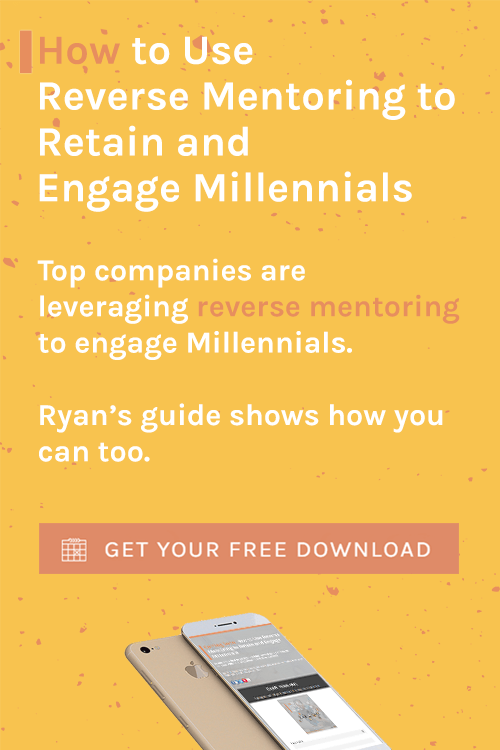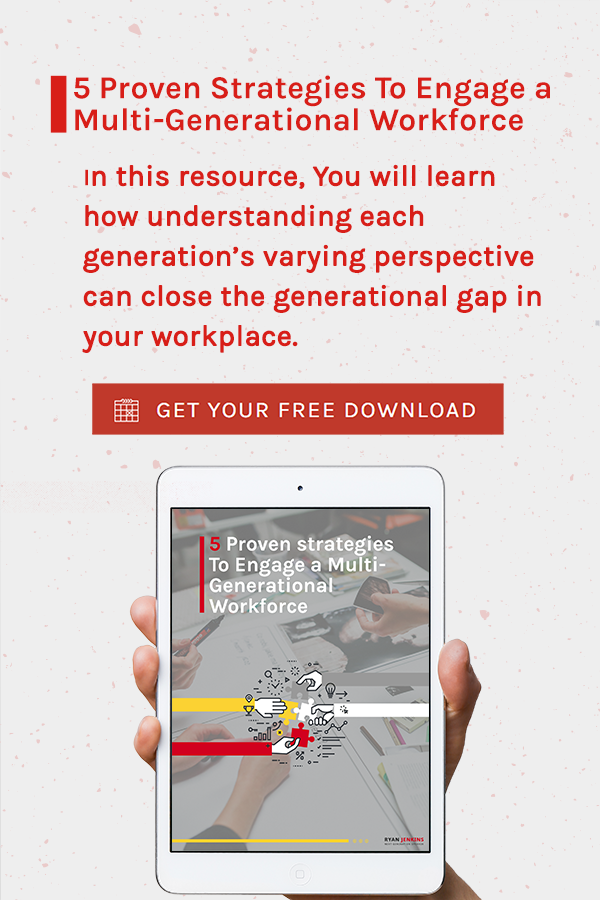The pursuit of convenience has many workers snarled in a loneliness trap.

The world became a lonelier place on September 2, 1969.
On this date at a Chemical Bank branch in Rockville Centre, Long Island, New York the first ATM was unveiled. The automated teller machine sparked a revolution of convenience. What was once a process requiring face-to-face interaction was now a completely autonomous experience. All thanks to the sophistication of this invention. Today there are over three million ATMs worldwide.
Convenience, efficiency and time-saving were attractive traits of the ATM, making it easy for people to adopt the new technology. ATMs soon became one of the first computers that were widely used by people. ATMs eventually became available in shopping malls, gas stations, airports, cruise ships, restaurants, military ships and even in rural areas of Africa operating via solar power.
The invention and proliferation of the ATM teaches us some important lessons about loneliness and how we should approach remote working.
It's estimated that the ATM has collectively saved people around the world billions of hours by eliminating waiting in long lines and speeding up the transaction process. However, there's an opportunity cost associated with avoiding lines, and that cost is social connection. If you choose to use the ATM instead of entering the bank, you miss the opportunity to speak with fellow customers, tellers or other bank employees. Ultimately, you trade connection for convenience. In fact, this is a primary reason why the wife of the inventor of the ATM took a very shocking stance on ATMs — a stance that is a masterclass in how to lessen loneliness. More on her stance later.
I mentioned these insights about ATMs in a recent in-person keynote presentation. Afterward, a woman spoke to me explaining that she was a bank teller early in her career. Before the bank had an ATM, people would gather every Friday and converse while they waited to process their paychecks. The bank served as a conduit of connection. It was a community staple. As soon as the ATM was introduced, the Friday social gathering vanished. She told me the "connections were never the same." The staple was removed and the tightly knit community fell apart.
Today's workplaces are experiencing a similar social vanishing where the new ATM is remote work.
If you were presented with the peculiar opportunity to press a big red button that reads Delete the Internet, would you push that button and erase the Internet from the face of the planet? While tempting for some people, most people I've polled have said they would not push the button. Why? Because the benefits of the Internet outweigh the risks. As long as the benefits of an invention or technology outweigh the risks (even if just slightly), then people will continue to adopt and integrate it into their lives.
However, while we're marveling at the ease and novelty of today's innovations, loneliness is wreaking havoc on our well-being and performance at work.
We are subtly turning our backs on humanity every day. We do this when we choose conveniences like remote work, mobile banking, on-demand and contact-less food delivery or self-checkout kiosks. Just a generation ago, we could never have imagined just how convenient it would be to avoid connecting with people.
Technology isn't bad. It's incredibly useful and at times it's better suited to carry out a task than humans are. However, if we are consistently automating out humans, we'd better start automating in more connectable habits, such as calling a friend or having lunch with a new hire. After all, isn't the purpose of automation to regain time? But instead of using that time to connect more deeply with others, too many of us spend it on solitary pursuits. Responding to more emails, scrolling further on TikTok, consuming additional news or binging longer on Netflix.
Regressing to pre-internet times in order to regain more social connection isn't realistic, viable or even desirable for most. What sane person would intentionally choose to refold those tricky road maps instead of relying on the real-time traffic updates of Google Maps?
However, now more than ever, we need to be more vigilant about fighting for less loneliness and more belonging in a world full of convenience and tempting distractions. Today's ATMs come in many forms. Smartphones, email, remote working, social media, one-click ordering, binge-watching and texting present us with subtle daily choices to trade connection for convenience. Left unaware and unchecked, these modern tools and ways of working can unknowingly march humanity into the deep dark sea of loneliness.
To guard ourselves, teams and communities against this dangerous march toward isolation, we must continuously ask ourselves: Where can I trade convenience for connection?
- Trade the convenience of sending an email for connecting on a video conference call.
- Trade the convenience of a virtual meeting for connecting in an in-person gathering.
- Trade the convenience of no commute for connecting with colleagues in the office.
- Trade the convenience of shipping a new work laptop to a new hire for connecting during a tactile onboarding experience.
- Trade the convenience of following the same agenda in a meeting for connecting with each other over personal stories.
Loneliness isn't a problem to solve but rather a tension to manage. It will be a tension to be managed as long as humans are fully human. After all, loneliness is a useful biological cue that we belong together.
When the inventor of the ATM asked his wife to start using his new invention, she politely declined providing the reason that the ATM "will never smile back at you." To this day she has never used an ATM and prefers to interact with her local bank tellers. She has found one way to be more connectable by trading convenience for connection.
You should as well.
Want help creating a more connected workforce? Check out Ryan's latest Wall Street Journal Bestselling book: Connectable. Or click here to invite Ryan to speak at your next meeting or event.





